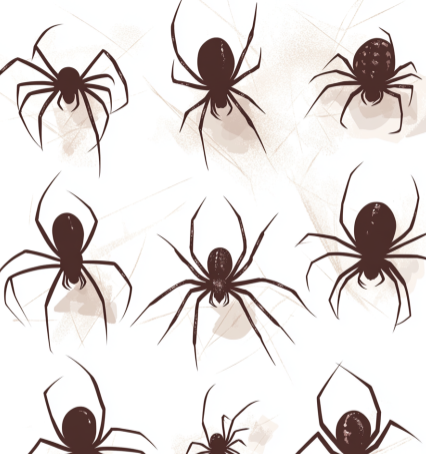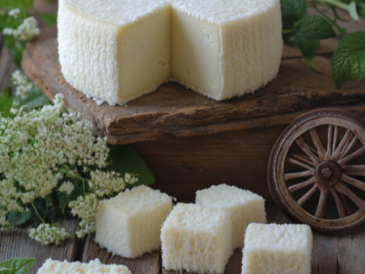7. Jumping Spider
These compact, brightly colored spiders are known for their excellent vision and distinctive jerky movement. Unlike other spiders, they don’t spin webs to catch prey, but instead rely on their agility.
Dealing with Jumping Spider Intrusion:
- Ensure your home is well-sealed by checking windows, doors, and potential entry points.
- Regularly dust and vacuum to remove any spiders.
8. Cellar Spider
Also known as daddy-long-legs, cellar spiders have long, thin legs and are commonly found in damp, dark areas like basements, crawl spaces, and cellars.
Managing Cellar Spider Populations:
- Keep basements dry and well-ventilated, using dehumidifiers if necessary.
- Sweep or vacuum corners where webs are likely to form.
- Sealing cracks and crevices can prevent them from entering your home.
9. Hobo Spider
Often confused with the brown recluse, hobo spiders lack the violin-shaped marking but have a herringbone pattern on their abdomens. They build funnel-shaped webs and are usually found in basements or crawl spaces.
Controlling Hobo Spiders:
- Reduce clutter in basements and crawl spaces.
- Keep these areas dry and seal cracks and gaps around windows and foundations.
- Sticky traps can help capture them, and for larger infestations, contact a professional.
Conclusion
Spiders are a natural part of many homes, and while they can be unsettling, most are harmless. By understanding their habits and taking simple preventive measures like regular cleaning, decluttering, and sealing entry points, you can manage spider populations effectively and maintain a web-free living space.




